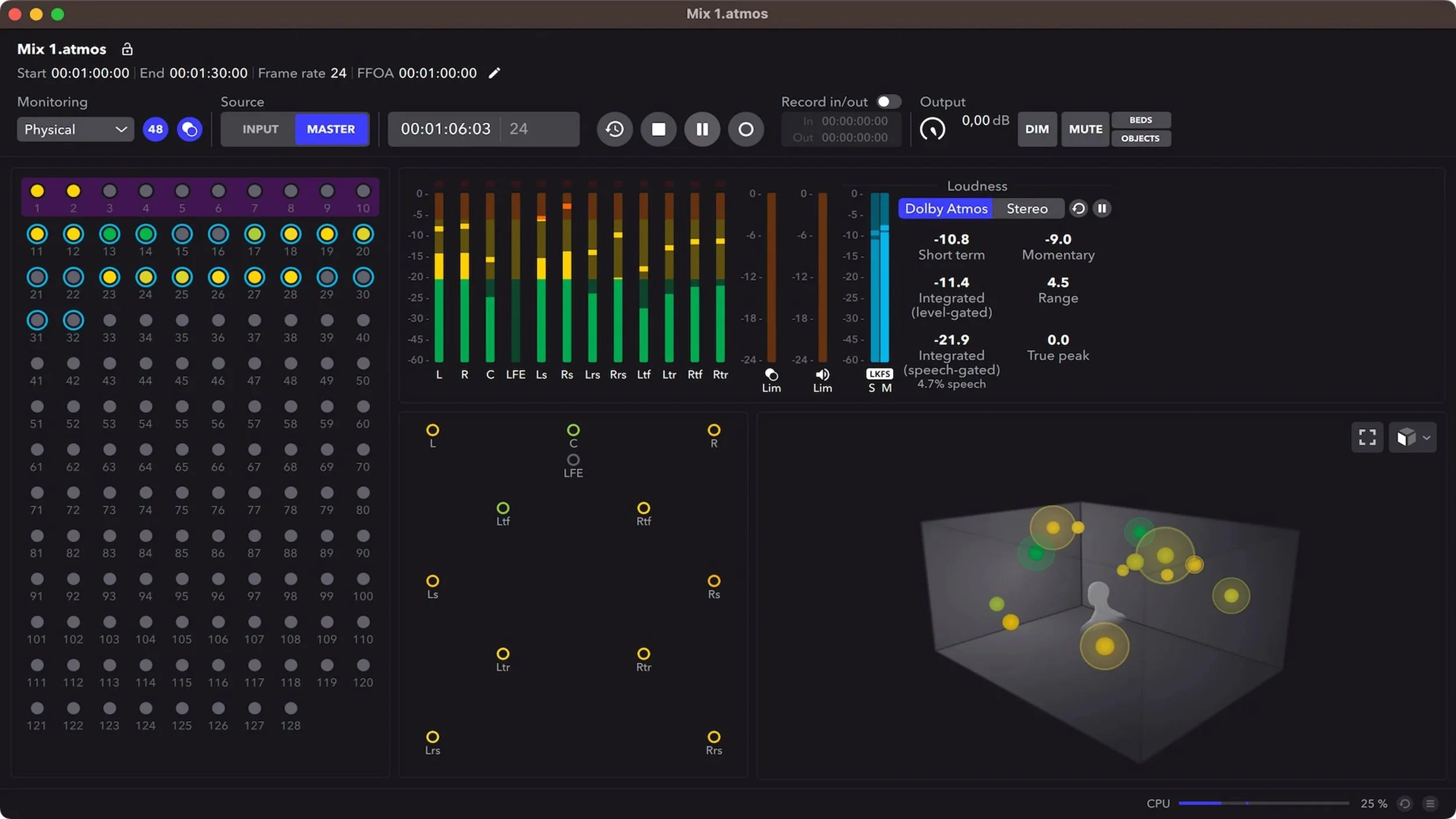Elevating the Sonic Experience: The Case for Spatial Audio and Dolby Atmos in Music Releases
Elevating the Sonic Experience: The Case for Spatial Audio and Dolby Atmos in Music Releases
In the rapidly evolving music industry, where digital streaming reigns supreme and listeners crave ever more immersive experiences, artists and producers are constantly on the lookout for ways to stand out and connect more deeply with their audience. One of the most compelling advancements in audio technology offering this opportunity is Spatial Audio with support for Dolby Atmos. Despite the higher production costs associated with these formats, the investment can pay off significantly. Here’s why spending the extra money to release music in Spatial Audio and Dolby Atmos can be a game-changer for musical artists.
Enhanced Listener Immersion
Spatial Audio with Dolby Atmos goes beyond traditional stereo mixes by creating a three-dimensional soundscape that fully immerses listeners in the music. This immersive experience is not just about hearing the sound from every direction; it's about feeling the presence and movement of each instrument and vocal in a tangible, almost physical way. For artists, this means being able to craft a more impactful and emotionally resonant listening experience, bridging the gap between the studio and the listener’s space.
Differentiation in a Competitive Market
The music industry is more saturated than ever, with countless artists vying for listeners' attention. Releasing tracks in Spatial Audio and Dolby Atmos offers a competitive edge, setting an artist apart from those releasing music in standard formats. This differentiation is not merely technical but experiential, offering fans a unique and compelling reason to choose their music over others.
Future-Proofing Music Releases
As technology advances and consumer audio equipment becomes more sophisticated, listeners are increasingly seeking out high-quality audio experiences. By adopting Spatial Audio and Dolby Atmos from the outset, artists ensure that their music is not only relevant in today's market but also poised to remain at the forefront of audio technology trends. This forward-thinking approach signals to fans that the artist is committed to delivering the best possible listening experience, now and in the future.
Increased Streaming Platform Visibility
Major streaming services are rapidly embracing Spatial Audio and Dolby Atmos, often featuring content in these formats prominently. This provides an excellent opportunity for artists to gain increased visibility and discoverability on these platforms. Being featured as part of a curated selection of Spatial Audio tracks can lead to significant exposure, attracting new listeners and driving streams.
Creating Emotional Connections
Music is an emotional art form, and the depth and clarity offered by Spatial Audio and Dolby Atmos can amplify these emotional connections. By placing the listener at the center of a multi-dimensional audio experience, artists can evoke stronger feelings and a more profound sense of presence. This connection not only enhances the individual listening experience but can also foster a deeper, longer-lasting fan engagement.
Leveraging Technology for Artistic Innovation
The creative possibilities unlocked by Spatial Audio and Dolby Atmos are virtually limitless, offering artists and producers an expansive new canvas for sonic exploration. This technology enables the creation of soundscapes that were previously unimaginable, encouraging experimentation and innovation. For artists looking to push the boundaries of their genre or craft a signature sound, Spatial Audio and Dolby Atmos represent powerful tools for artistic expression.
Conclusion
While the initial investment in releasing music in Spatial Audio and Dolby Atmos may be higher, the benefits — from enhanced listener engagement to increased platform visibility and beyond — make a compelling case. For artists committed to delivering the highest quality and most immersive audio experiences to their fans, embracing these advanced audio formats is not just a strategic decision but a leap towards defining the future of music. As the industry continues to evolve, those who invest in the technology and creativity required to excel in Spatial Audio and Dolby Atmos will likely find themselves at the forefront of the next revolution in music consumption.
